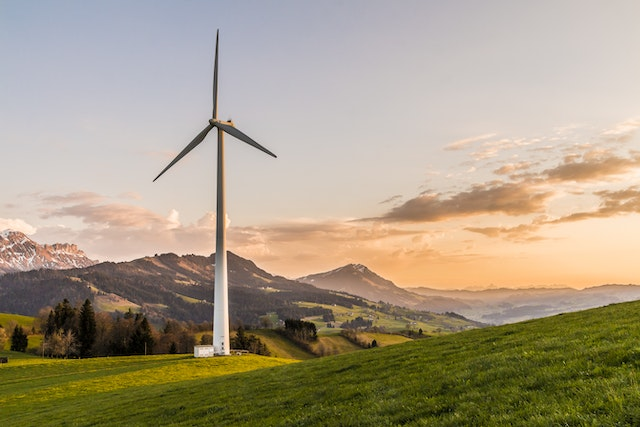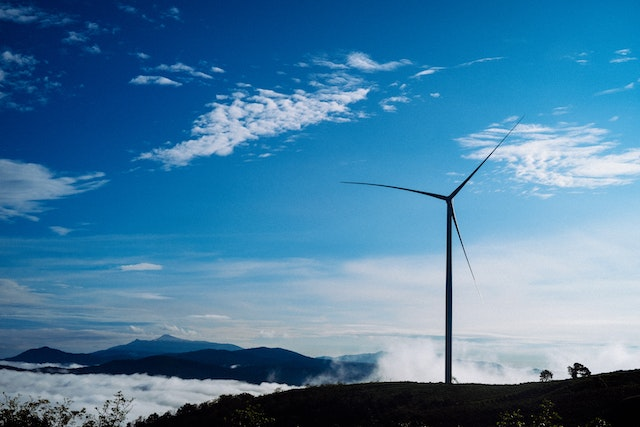Have you ever wondered why it is not possible to generate all the electricity you need from the wind? This question will often arise if you don’t want to use energy that degrades the environment. Why can’t you increase the number of wind turbines to generate energy for mass use and stop using the hydroelectric power grid? Regrettably, things are not always as straightforward as you think. You will find the answers to those questions on this page, which lies in knowing how wind energy is generated and used up.
The way wind power works
The wind blows at different times in different places. But wind does not blow consistently, creating a shortage. That gap is where the problem lies. This unpredictability of the time the wind blows causes measuring issues. In some places, the wind will blow consistently and drop in the next hour.
Hence, a simple science tutoring will show that if a wind farm has 50 wind turbines, with each at 1.5 megawatts, the highest power it can produce is (50×1.5w) or 75 megawatts. But due to the wind disparity at different hours of the day, the farm does not always generate that quantity of power daily.
To assess the quantity of power a wind farm generates in a year, use the peak output usually affected by different circumstances. Then divide the number you get by the peak capacity of each wind turbine in a farm to reach the capacity factor figure.
For instance, if those 50 wind turbines are working at 50% capacity, they may generate about (75 x 50/100) or 38 megawatts. The energy these wind farms produce vary on different days and range between 75 and an average of 38 megawatts. Ordinarily, you would think that increasing the number of wind turbines will solve the wind gap issue.

Increasing the total number of wind turbines does not solve the problem
When the wind stops blowing, the wind farm will stop generating electricity for that period. Therefore, to solve that periodic power disparity, use another means to supply the required electricity.
Another solution that lowers the occurrence of wind fluctuations is by building more wind farms in different locations far from each other. Doing that catches the wind in different locations. And if the wind does not blow in one place, you can supply the required energy through any windy area. This method only lowers the electricity supply problems but does not resolve the issue.
How will wind power perform in the future?
Here are suggestions that could boost the quantity of wind turbine energy produced and increase the use of clean energy.
First, areas that produce surplus wind energy will supply places that do not have. The solution is to build wind power distribution lines similar to a hydropower grid. That allows the efficient supply of energy to areas having wind power shortages.
The second way to sustain wind power is by supplying lots of wind energy into a power grid and controlling the number of industries and homes that use it. Then manage energy demand by installing smart meters that raise the cost of electricity in real-time. Also, that meter will automatically increase the energy price when demand is high and cause a drop in use. And at a low price, the demand will increase. Likewise, that will make Industries consume power optimally.

